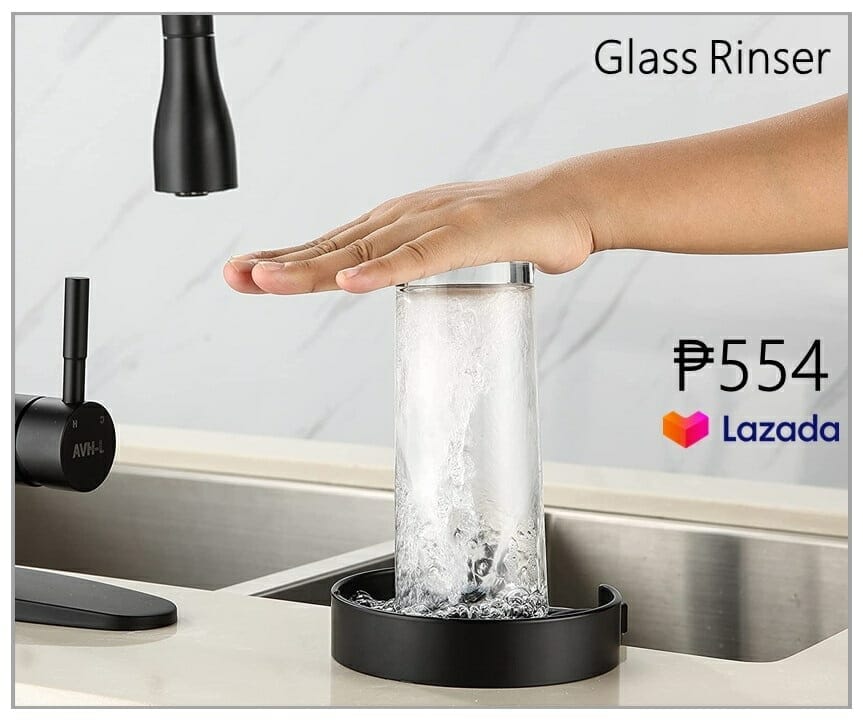Many mechanical and electrical engineers are asking about the different types of pump and their applications. In this article, we will discuss the industrial types of pumps.
A pump is an electromechanical device that raises the pressure of water to transport it from one location to another, usually from a lower to a higher elevation. Modern water pumps supply water for municipal, industrial, agricultural, residential, and other purposes worldwide. There are various types of pumps, each of which has its application.
However, the applications usually depend on multiple factors such as the fluid you are dealing with, the distance it traverses, quantity, etc. So, it is critical to know the correct pump for the situation.
Pumps are usually divided into two main categories, each further divided into subcategories based on their uses. So, in this article, we will discuss the different types of pumps and their applications.

Dynamic Pump
Being a type of velocity pump, dynamic pumps work on the principle of imparting kinetic energy to the fluid due to its increased flow velocity. So, as this fluid velocity is dropped before or while exiting the pump into the discharging pipe, the increased kinetic energy gets converted into potential energy in the form of fluid pressure.
For water supply, these pumps are mostly utilized. Pumping crude oil is also a common use for these pumps. They find heavy usage in the chemical industry. However, apart from being used for commercial purposes, they are also used in domestic settings.
Dynamic pumps are categorized into the following types.
- Centrifugal Pumps – Centrifugal pumps are commonly utilized all over the world. It is comparatively less expensive, as well as sturdy and efficient. These pumps are used for pumping water and low viscous fluids.
- Vertical Centrifugal Pumps – Also known as cantilever pumps, they are typically used to pump water from a water source, such as a river or a reservoir, for agricultural purposes.
- Horizontal Centrifugal Pumps – Horizontal centrifugal pumps are easier to install and maintain since the internal parts are easy to access. They are used for water supply in residential places, chemical industries, sewage disposal, etc.
- Submersible Pumps – Submersible pumps are also referred to as septic or stormwater pumps. Sewage treatment plants, seawater handling, firefighting, deep well drilling, offshore drilling rigs, and irrigation systems are the major applications for submersible pumps.
- Fire Hydrant Pump Systems – These dynamic pumps are designed to function at a higher rate to aid firefighting. Irrigation and water transfer are two primary applications of these pumps.
Positive Displacement Pump
In a positive displacement (PD) pump, the fluid gets transported through the system for a fixed volume while getting mechanically moved through. Pistons, gear screws, vanes, diaphragms, and rollers can all be used to boost this pumping motion.
These pumps are beneficial in handling higher viscosity fluids and are also known to operate at high pressure.
Well, positive displacement pumps are categorized into the following.
- Diaphragm Pumps – These pumps are mostly used in mining rigs, industries, and general plants, usually in regions where water isn’t abundantly available.
- Gear Pumps – Gear pumps mainly deal with highly thick fluids. It pumps a certain amount of liquid with each rotation. Crude oil, diesel, bitumen, acids, and various chemicals can be transported using gear pumps.
- Peristaltic Pumps – These pumps are also called tube pumps. They are largely implemented in the food processing, chemical, and water treatment industries.
- Lobe Pumps – Lobe pumps are highly efficient, hygienic, and reliable. Apart from handling high viscous liquids, they can also handle solids pretty well. Moreover, these pumps play a huge role in biotechnology, pharmaceutical industries, and the food and beverage sector.
- Piston Pumps – Piston pumps may transport liquids, pressurized gases, viscous media, and fluids containing solid particles, among other materials. Due to its high fluid pressure, this positive displacement pump is used in high-pressure cleaning, industrial processing, and oil hydraulics.
Conclusion
Pumps are utilized in various applications, from domestic to industrial and mining. As a result, it is vital to be aware of the different types of pumps, their applications, and their benefits. So, based on the categorization mentioned above, you can now opt for a suitable pump according to your requirements.












